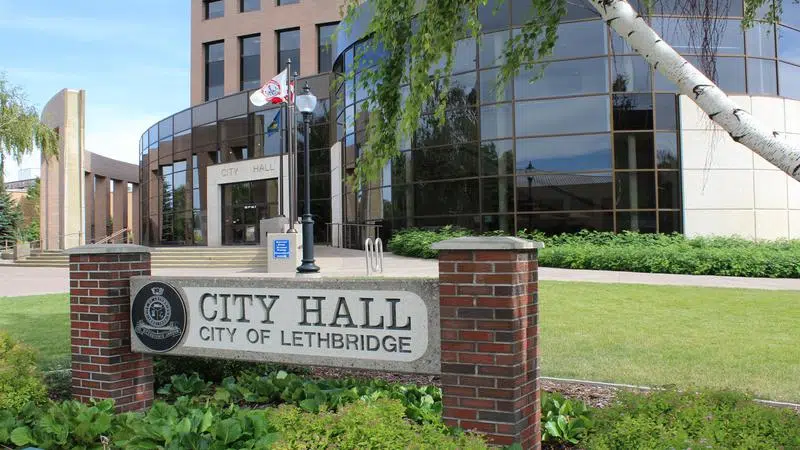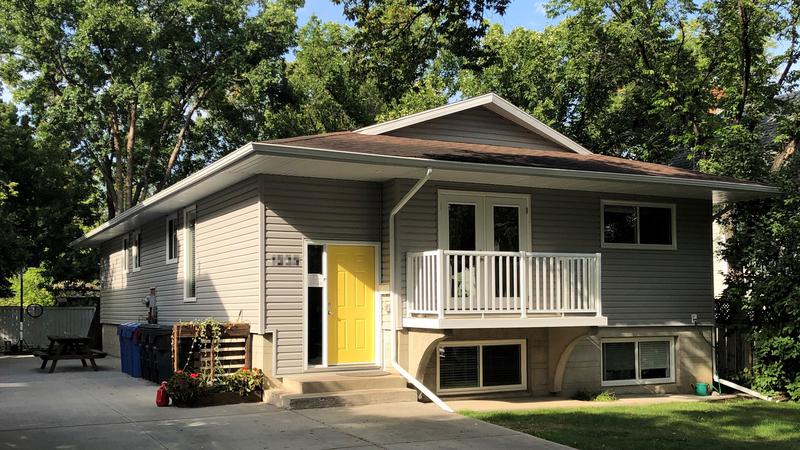
Two phase Housing Strategy presented to Lethbridge City Council
LETHBRIDGE, AB – After nearly a year in development, a two-phase Lethbridge Housing Strategy was presented to Lethbridge City Council by the Municipal Housing Task Force, at Monday’s regular meeting (April 15).
The Task force was created in the summer of 2018 and Chaired by Councillor Belinda Crowson. It also included Mayor Chris Spearman, Councillors Blaine Hyggen and Rob Miyashiro, City Manager Bramwell Strain, and several departments.
“We went to the census data, and we really got an incredible understanding of what the gaps are, who the people are in Lethbridge,” said Crowson. “We used that and then we created the strategy from that; talking to the community and understanding who the priorities are, and then creating a strategy for the next few years on how to achieve that.”


